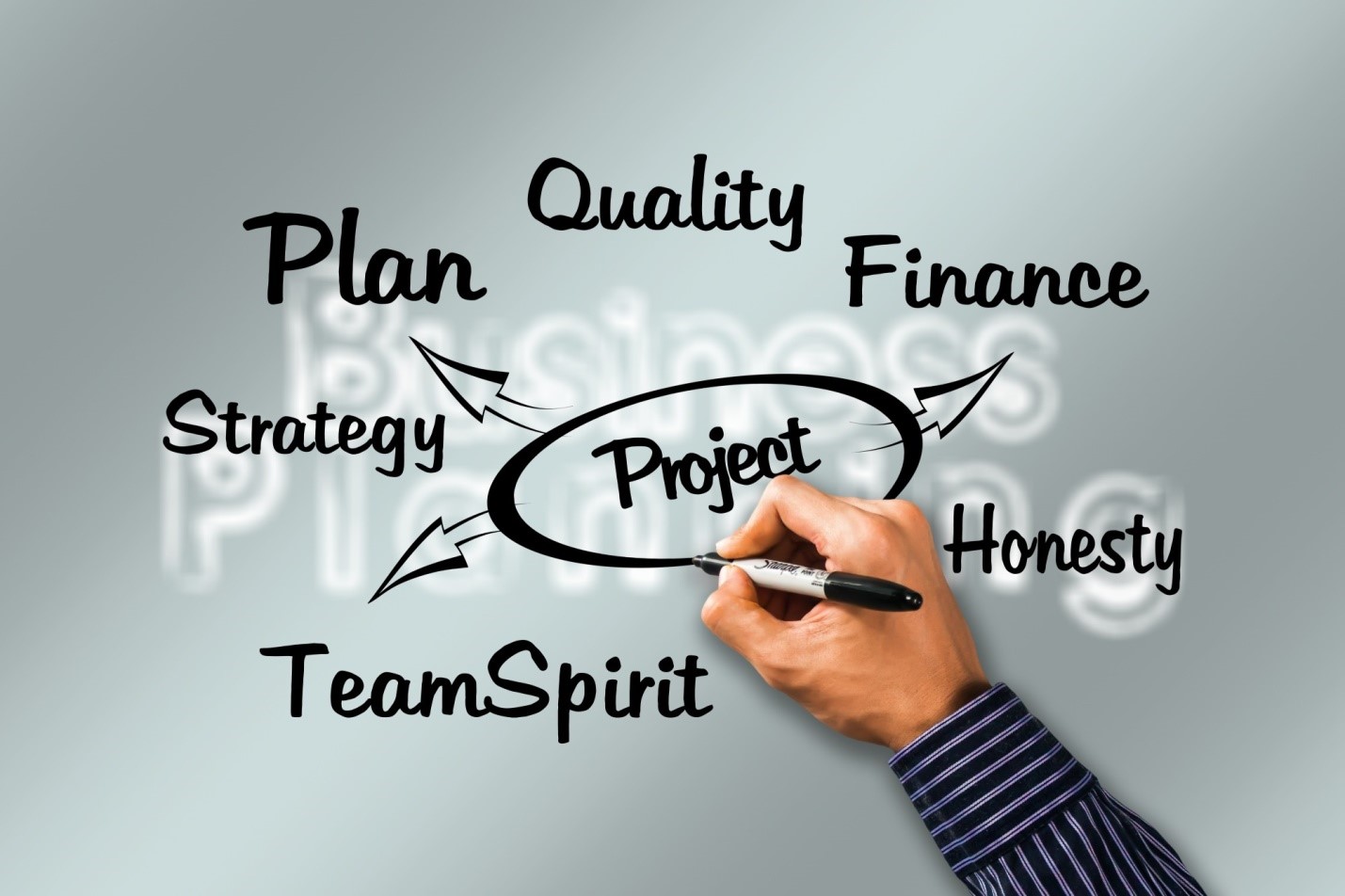Strong Strategies: Product Development vs Product Management Plans
Are you launching a new product? You might be wondering about how to better engage your customers. Or how to compete with the other products on the market?
One proven way to stand out among the competition is to have a solid product development vs product management plan. But what are those exactly and what are the differences between the two?
Keep reading to find out everything you need to know about developing a solid strategy for your latest product launch.
Product Development
When comparing product development vs product management, it’s important to remember that product development is the process of making a new product. They do this by creating, building, and testing it or improving an old one. During this time, engineers, designers, and developers work together to make the product.
Clear Requirements Definition
Start by laying out the requirements and specifications for the product. This includes the features, how they work, the design, and any technical constraints.
During this stage, it is important to get feedback from stakeholders. You should also create user stories and make thorough product roadmaps.
Agile Methodologies
Agile development is a way of making software and products that put the customer first. It prioritizes flexibility and teamwork and requires working in short, iterative cycles. It gathers feedback from customers and adapts to changing market conditions and customer needs.
Agile methods like Scrum and Kanban encourage planning that adapts over time. It also promotes continuous integration and self-organization. Because of this, these methods are an effective way to manage complicated projects and meet changing customer needs.
Prototyping and Testing
Prototyping and testing are important parts of the product development process. Prototyping is the process of making a simplified, working model of a product’s features and user interface before building the end product.
A prototype can take different forms. It can be paper sketches, wireframes, interactive mockups, or even a basic version of the product itself. Prototyping lets you see how the product will look and work, so you can make changes and get early feedback.
Testing is the process of evaluating a product. It finds problems, fixes them, and makes sure the system works. It also checks to see if the product does what it’s supposed to do.
Cross-Functional Collaboration
Encourage designers, developers, and other stakeholders to work together. Cross-functional teams can work better together. They can make sure that the product meets both technical and user needs.
With different kinds of expertise on the team, choices can be made faster and better. Teams can look at the technical, creative, and business implications of different options and decide together on the best one.
They have the tools they need to adapt as market conditions change. They can adjust direction and change their goals based on new information or feedback.
Quality Assurance
The first step in quality assurance is to set clear quality standards and metrics that can be used to judge the product. Most of the time, these standards are based on what the customer wants, the best practices in the business, and the company’s own quality goals.
Before the design process starts, QA teams make a quality plan. This outlines the testing and quality control activities for each stage of the project. This plan helps make sure that the product is made well from the start.
QA experts look for risks and problems that could affect the quality of a product. They focus on these risks and come up with plans to deal with them.
Product Management Plans
Product management is the process of making plans for and managing a product over its entire lifecycle. This product strategy includes market analysis, feedback from customers, prioritization, and making sure it fits with business goals.
Market Research
Market research includes gathering information about the market where a product is sold and interpreting that information. It shows what customers need, market trends, and what your competitors are doing. It also shows how product strategy and decisions can be affected by other factors.
Continuous monitoring is important because market research is the basis for making smart decisions about products. It helps product managers find opportunities, reduce risks, and match strategies with how the market is changing.
Customer-Centric Approach
A customer-centric approach is a business strategy that focuses on understanding and meeting customer needs in every part of the business. It requires a lot of customer research and personalization of interactions and products.
It also means focusing on long-term customer value and responding to customer feedback. Businesses can set themselves apart by putting the customer’s needs first. This method also builds customer loyalty and helps businesses grow in today’s competitive market.
Product Roadmaps
A product roadmap is a strategy planning tool used in product management to lay out the vision, goals, and direction for a product over a certain amount of time. Usually, it can be anywhere from a few months to a few years.
It acts as a blueprint that aligns the product team and stakeholders. It prioritizes work, shares strategic goals, and shows a clear path for a product’s development and growth.
It is a useful tool for staying on track, controlling resources, and adapting to changing market conditions during the product’s lifestyle.
Metrics and KPIs
Metrics are measurements that are quantifiable and give exact data about a product, process, or business. Key Performance Indicators (KPIs) are a subset of metrics that are chosen to show how well certain goals are being met at a high level.
Metrics can be quantitative or qualitative. They help measure performance and find areas for improvement, which allows you to make decisions based on data.
On the other hand, KPIs are the most important metrics that are linked to strategic goals. They are measurable and actionable. They also show organizations how to achieve success.
Metrics and KPIs are important for keeping track of progress, making smart decisions, and encouraging continuous growth. They are often shown on dashboards or balanced scorecards so that they can be tracked and analyzed.
Product Development vs Product Management: Learn About These Strategies
Both product development vs product management are important for a product’s success. Product development focuses on making new and innovative products, while product management plans make sure that these products are used well and last for a long time.
Finding the right balance will allow your business to thrive. Take action now and implement these strategies to take your products to the next level.
Is this article helpful? Keep reading our blog for more.





3 Comments
Comments are closed.